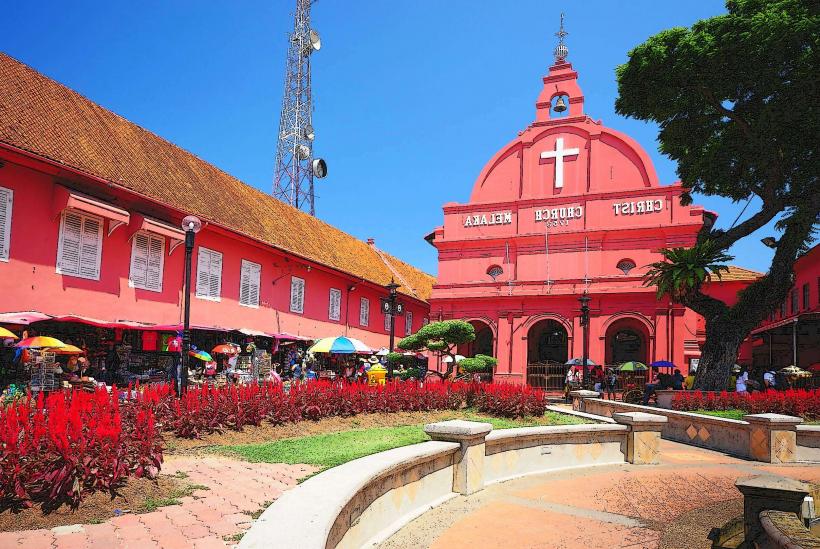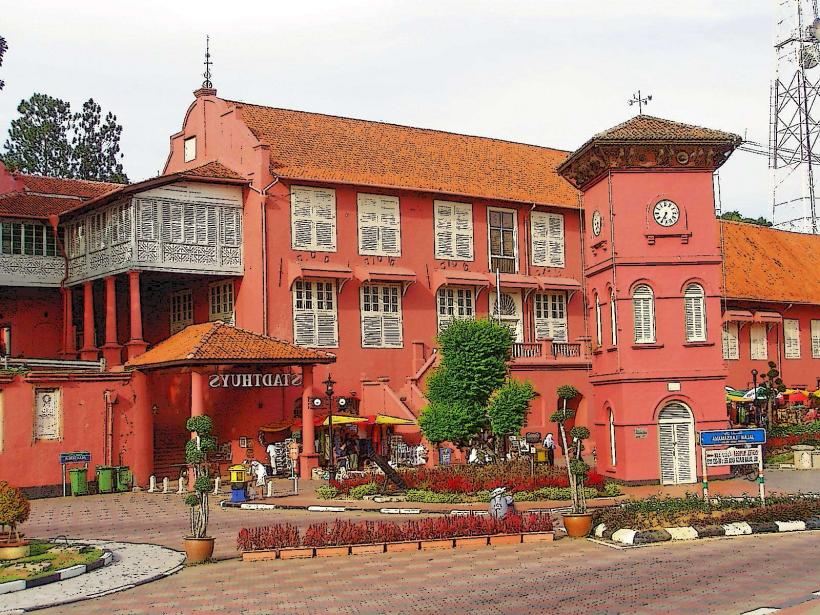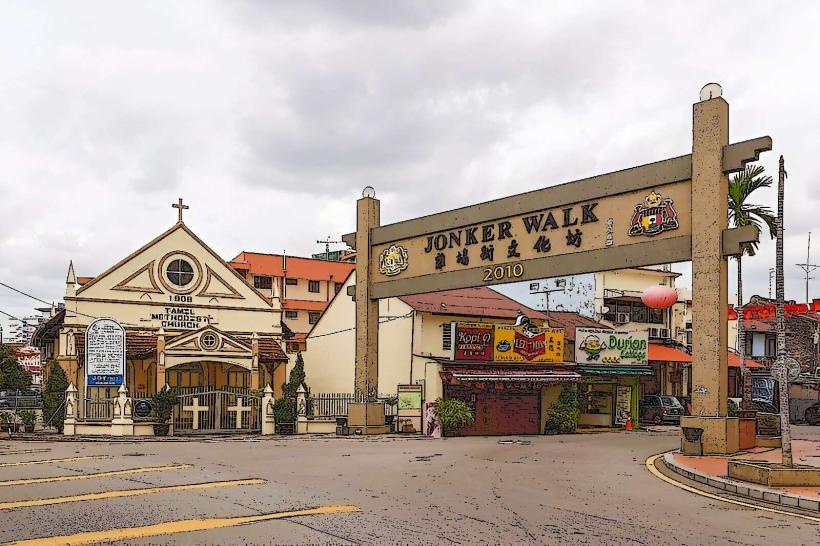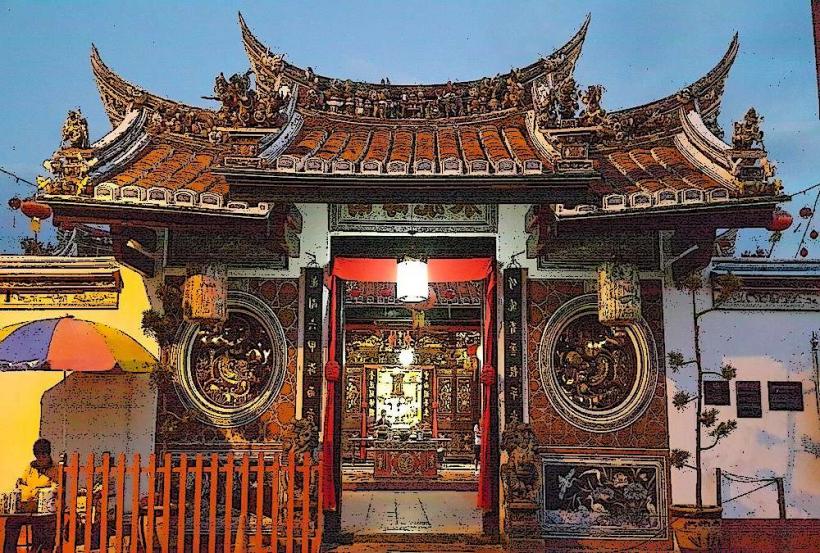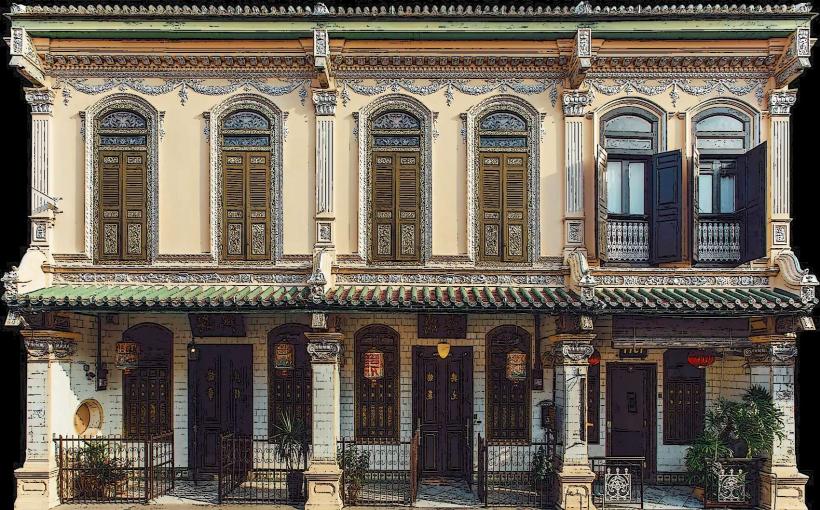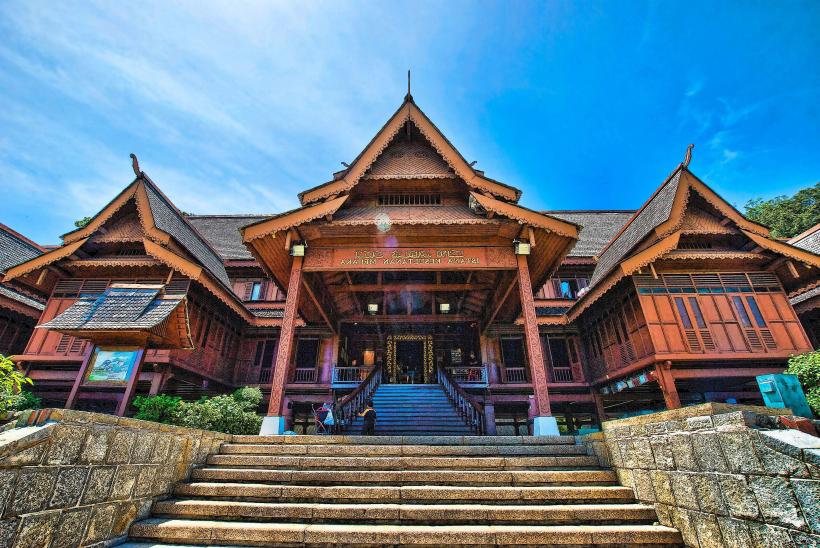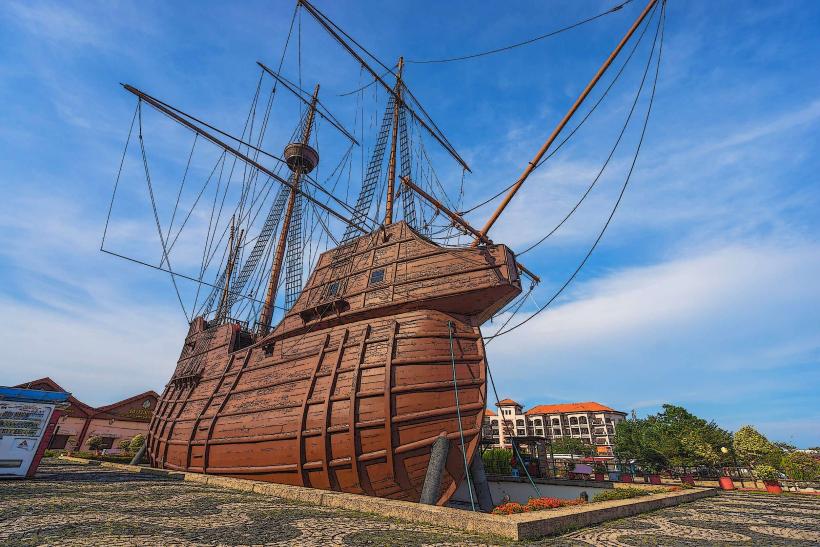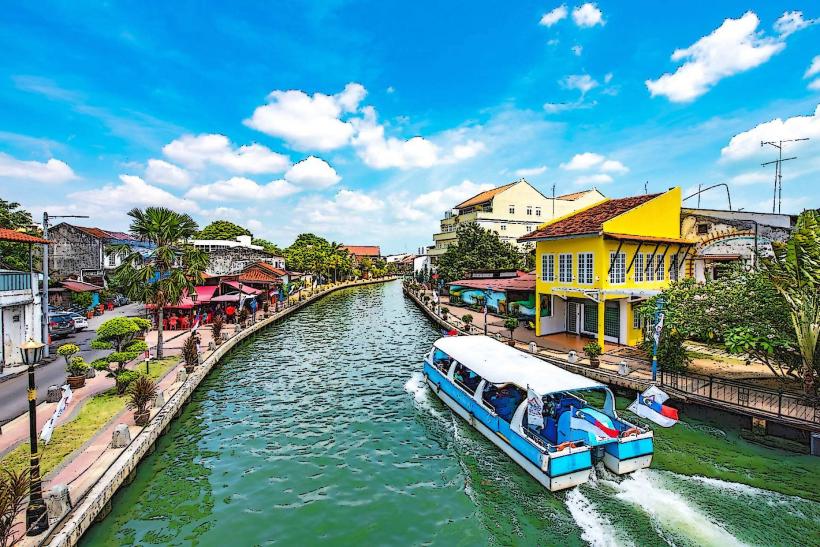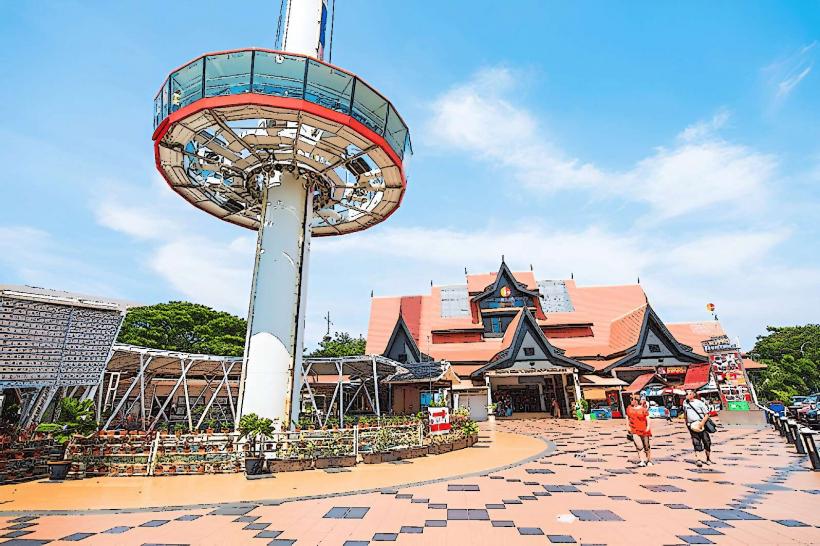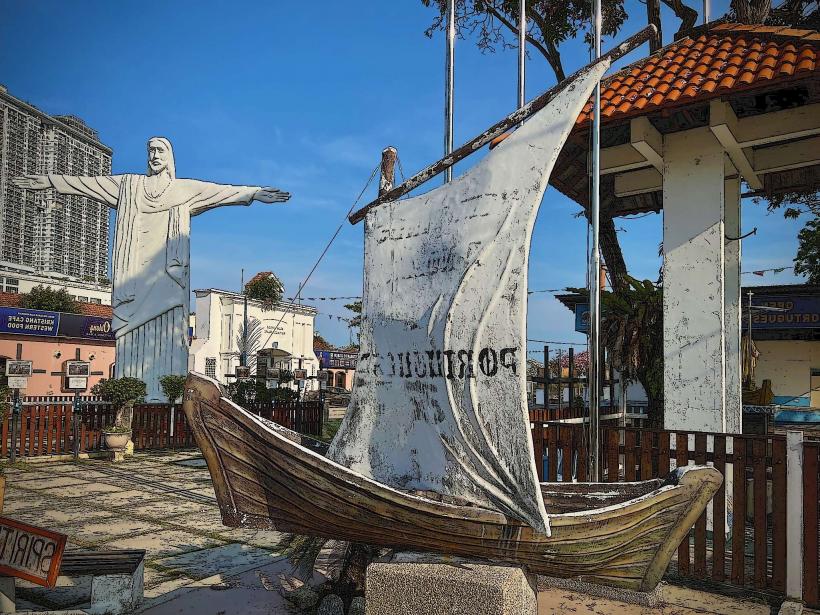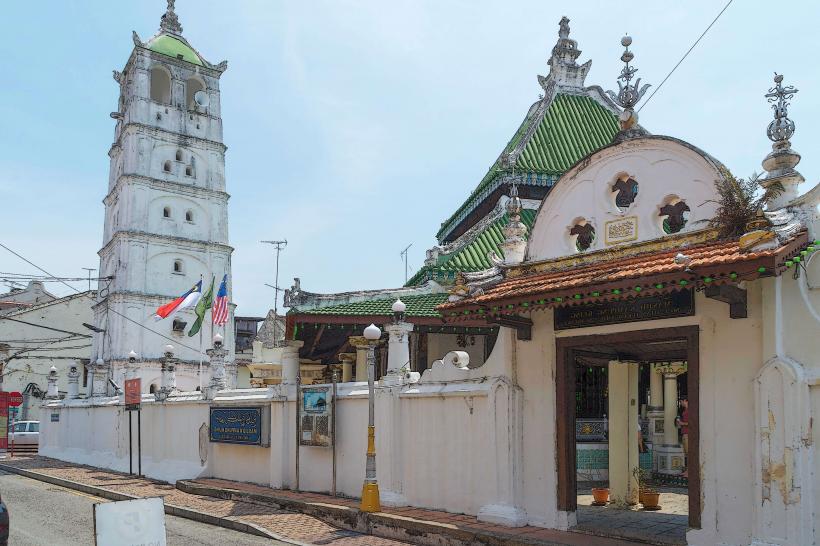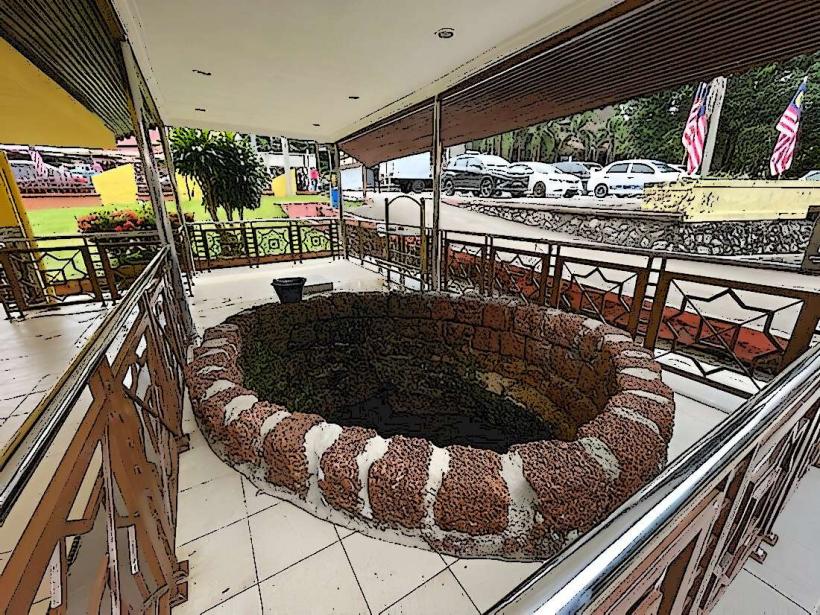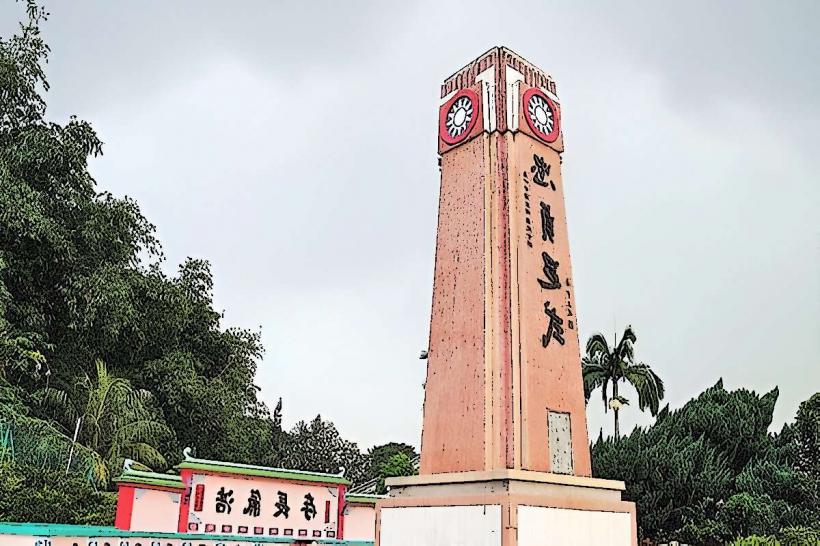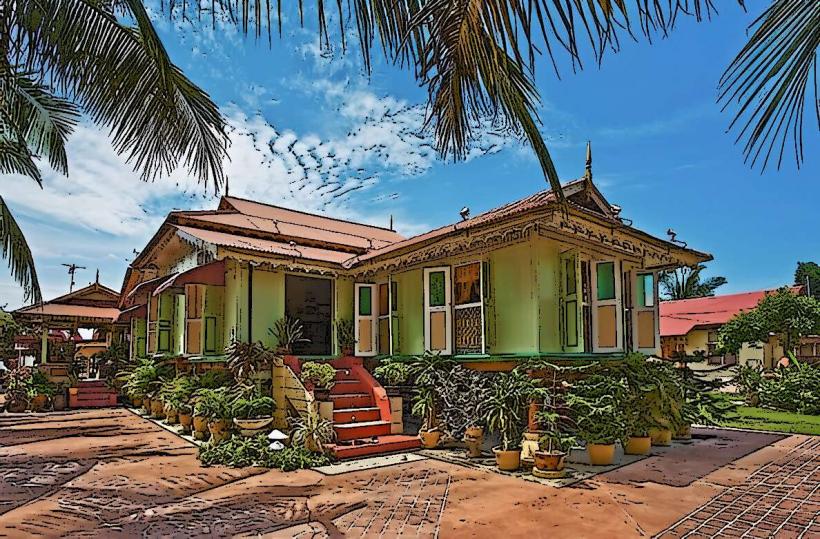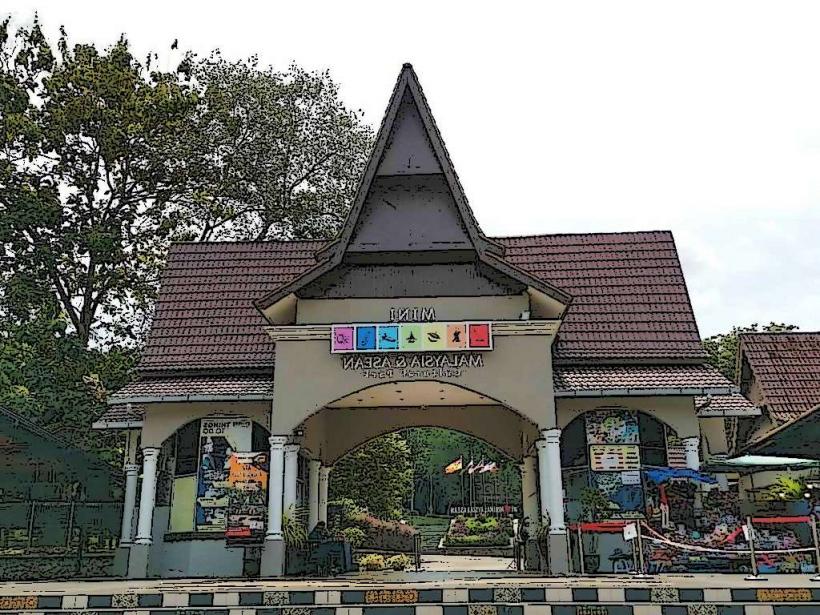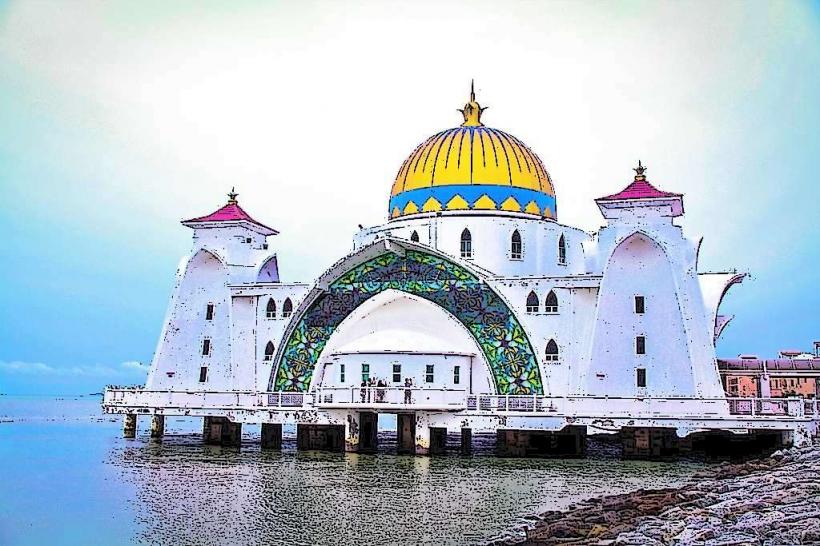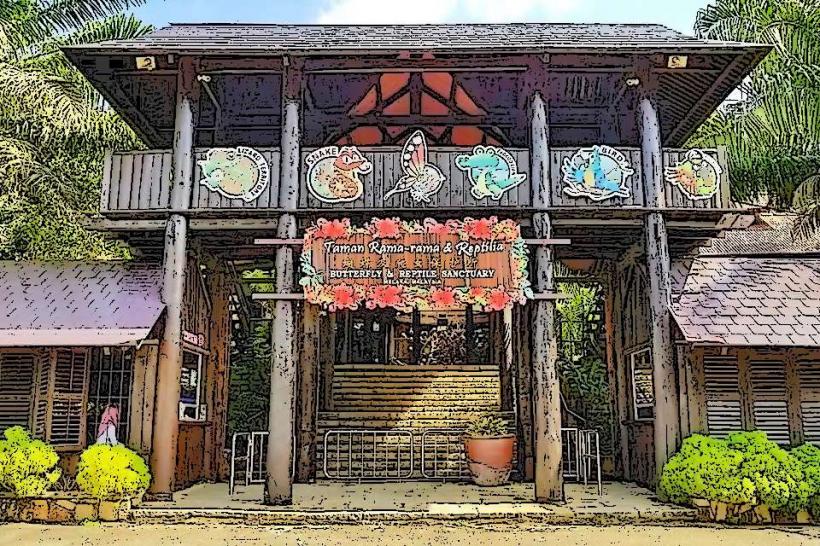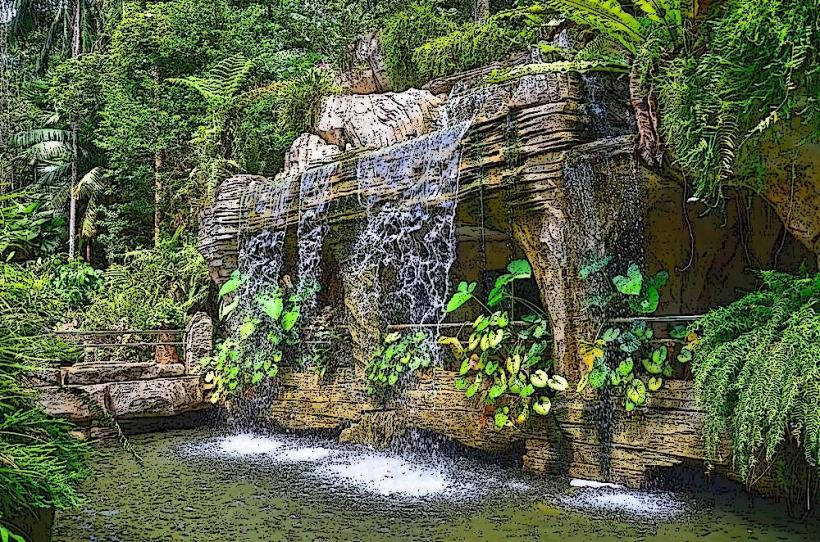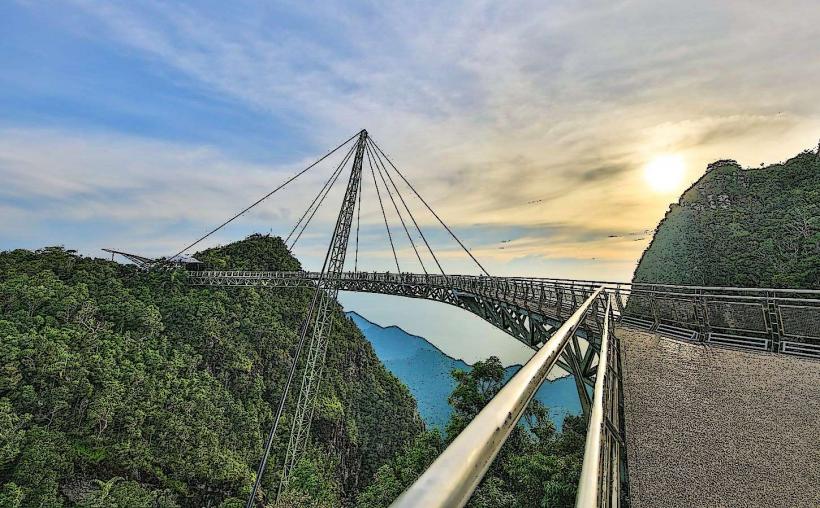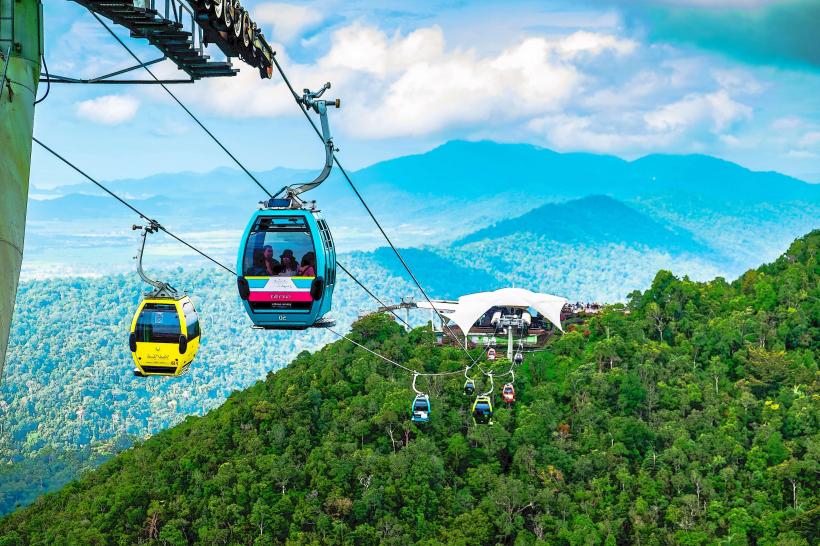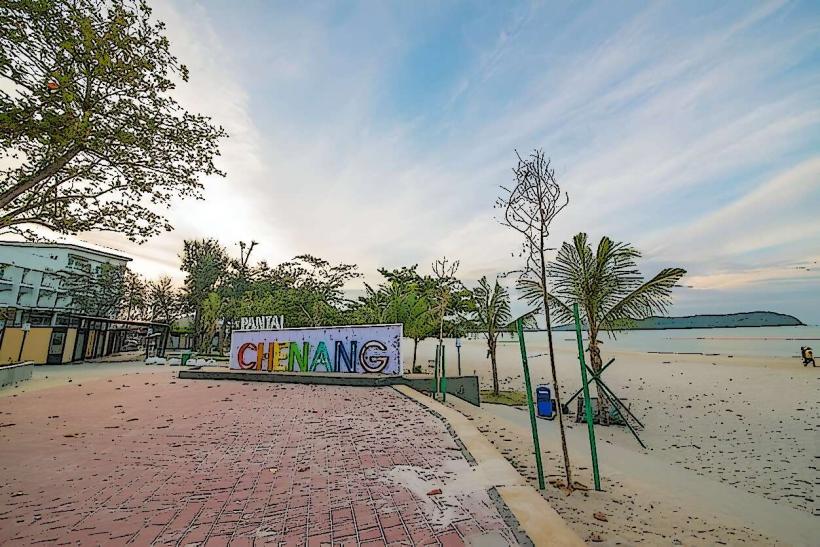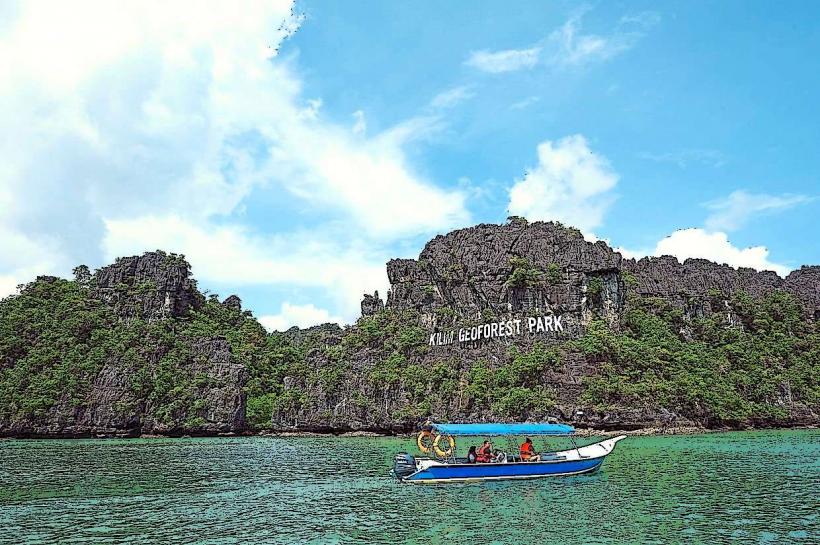Information
Landmark: St. Paul's HillCity: Malacca
Country: Malaysia
Continent: Asia
St. Paul’s Hill (Bukit St. Paul) is a historic and prominent hill located in the heart of Malacca (Melaka), Malaysia. It holds significant cultural and historical value, offering visitors a unique opportunity to explore the Portuguese and Dutch colonial periods, as well as enjoy stunning panoramic views of the city and the Malacca Strait.
History:
Portuguese Era: St. Paul's Hill was originally the site of a Portuguese church built in 1521 by Afonso de Albuquerque, the Portuguese viceroy, after the Portuguese captured Malacca from the Sultanate of Malacca. This church was named Our Lady of the Hill (Nossa Senhora do Monte) and served as a place of worship for the Portuguese settlers in the region. The church is believed to be the first church built by the Portuguese in Southeast Asia.
Dutch Era: After the Dutch defeated the Portuguese and took control of Malacca in 1641, the church was repurposed and renamed St. Paul’s Church. The Dutch made several modifications to the church, including adding a bell tower. The church became the site of Dutch funerals, and many Dutch officials were buried there.
British Era: Under British rule in the 19th century, St. Paul’s Church ceased to be used for worship, but the building and surrounding area remained a significant historical site.
Features and Attractions:
St. Paul's Church:
- The ruins of St. Paul’s Church stand at the top of St. Paul’s Hill. The church, though now a ruin, still retains some of its Portuguese and Dutch architectural features.
- The structure was built in the Portuguese Renaissance style, with laterite stone as its primary material. The church originally had a simple design, with a single nave and a raised platform for the altar.
- One of the most fascinating features of St. Paul’s Church is its graveyard. Several Dutch tombstones can be found here, including that of Abel Tasman, the famous Dutch explorer. The tombstones are decorated with Dutch coats of arms, symbols, and inscriptions that reflect the era’s colonial history.
- The church is unroofed and open to the elements, which allows visitors to imagine the original grandeur of the building and its historical significance.
Statue of St. Francis Xavier:
- A statue of St. Francis Xavier, a prominent missionary who visited Malacca in the 16th century, stands at the entrance of St. Paul’s Church. St. Francis Xavier is regarded as one of the most influential missionaries in Southeast Asia and is an important figure in Catholic history.
- The statue was erected to honor his legacy in the region, and it attracts many visitors who are interested in the story of Catholicism’s spread across Asia.
The Views:
- St. Paul’s Hill offers spectacular views of Malacca Town, the Malacca Strait, and the surrounding areas. The hilltop provides a serene vantage point for visitors to enjoy panoramic views of the city’s mix of colonial architecture, modern buildings, and scenic coastlines.
- The view from the hill is particularly beautiful at sunset, with the golden hour casting a warm glow over the city.
The Chapel of St. Francis Xavier:
- In addition to St. Paul’s Church, visitors can explore the Chapel of St. Francis Xavier on the hill. This small chapel was constructed in honor of St. Francis Xavier and his contributions to the spread of Christianity in Malacca and Southeast Asia.
Historical Significance:
- St. Paul’s Hill and its church are part of the UNESCO World Heritage Site designation for Malacca. The area holds deep historical significance as a symbol of Malacca's colonial past, from the early Portuguese presence to the Dutch and British eras. It provides a glimpse into the region's religious history, as well as its role as an important trading port.
Visitor Experience:
Climbing to the Top: To reach St. Paul’s Hill, visitors can take a gentle climb up a well-maintained staircase. The ascent is not particularly steep, and the walk offers a scenic experience as you make your way through a tropical landscape filled with trees and plants.
Exploring the Church Ruins: Once at the top, visitors can explore the church ruins, graveyard, and the statues. The peaceful atmosphere allows for quiet reflection and photography.
Learning About History: Throughout the site, you will find historical plaques and information boards that detail the history of the church, the hill, and the colonial periods that shaped Malacca. These provide a great way to understand the significance of the site in the broader context of Malacca’s past.
Photography: The ruins of St. Paul’s Church, the statue of St. Francis Xavier, and the surrounding views make it a popular spot for photography. Whether capturing the historical architecture or the sweeping vistas, it’s a great location for both historical and scenic photos.
Nearby Attractions:
A Famosa: Located nearby, A Famosa is a Portuguese fortress and one of the most iconic landmarks in Malacca. The Porta de Santiago, the gateway of A Famosa, is a must-see and provides further context to the colonial history of the region.
Malacca Sultanate Palace: A short distance from St. Paul’s Hill, the Malacca Sultanate Palace is a replica of the original Sultan’s palace from the Malacca Sultanate era. The palace showcases the region’s royal history and features exhibits on the Sultanate's culture, artifacts, and lifestyle.
Jonker Street: Known for its historical buildings, antiques, street food, and vibrant atmosphere, Jonker Street is a bustling area in Chinatown that is located a few minutes’ walk from St. Paul’s Hill. It’s a great place to explore the local culture and try some of Malacca’s famous dishes.
Conclusion:
St. Paul’s Hill is a must-visit destination in Malacca, offering both historical insights and scenic views. As one of the most significant historical sites in Malaysia, it provides a rare opportunity to connect with the region’s Portuguese and Dutch colonial past. Whether you are interested in history, religion, or photography, St. Paul’s Hill is a fascinating and serene place to explore, and it offers a deeper understanding of Malacca’s cultural heritage.


